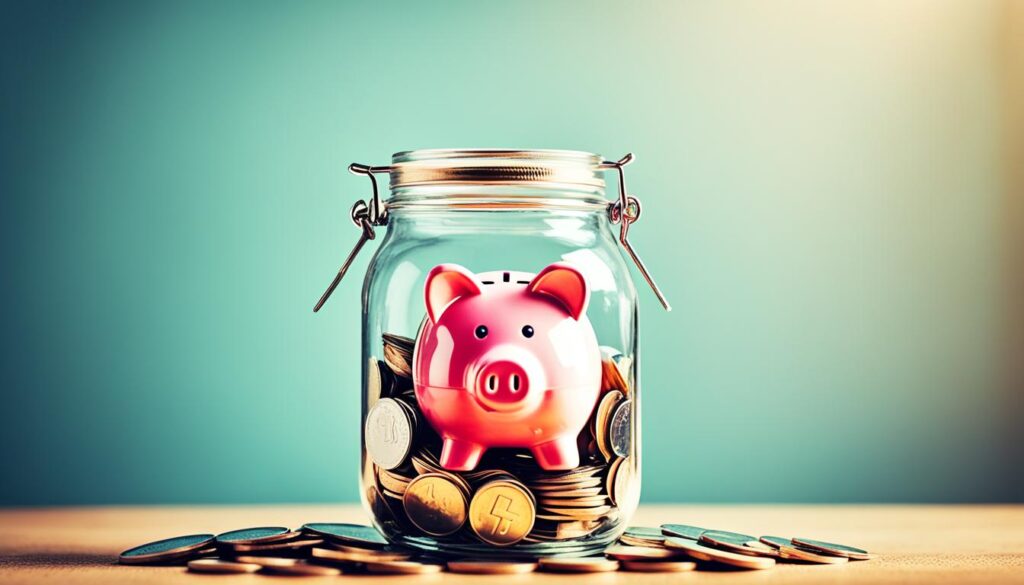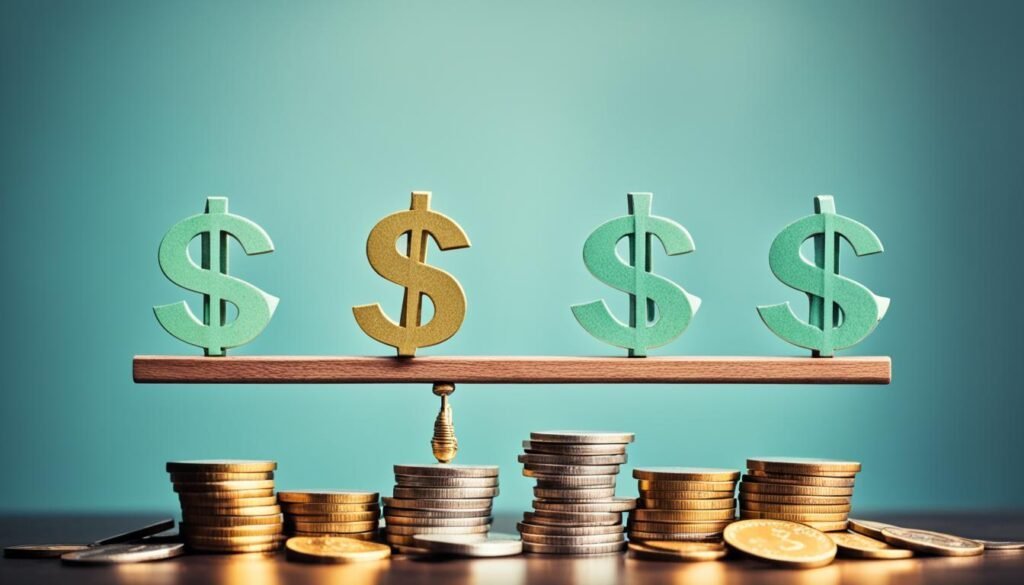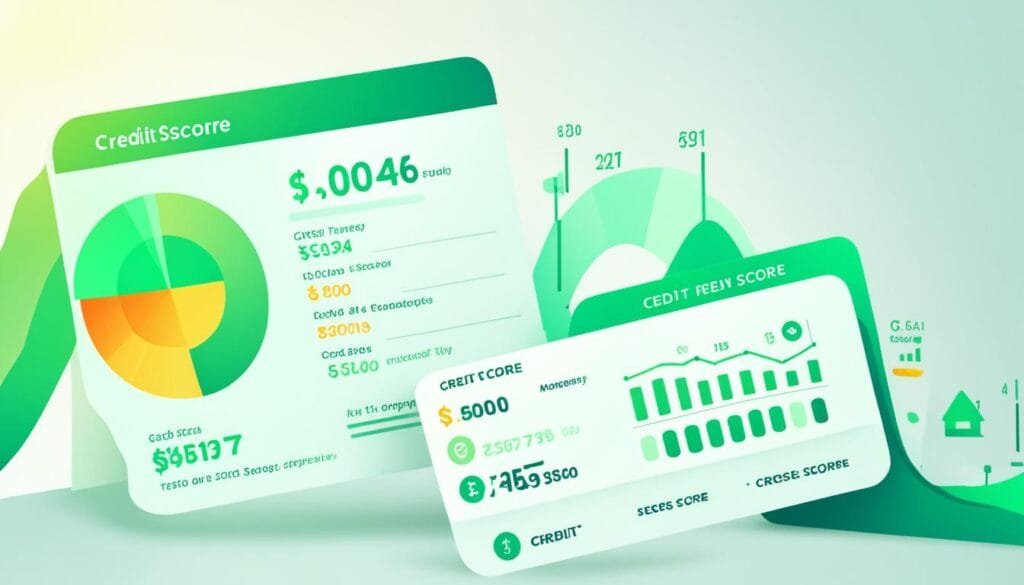At Straight Fire Money, we know managing your credit is important for your money. One big part of this is understanding your credit utilization ratio. This can really affect your credit score and the financial opportunities you get. Let’s look at what credit utilization ratio is and why it matters to you. Knowing this will help you make better choices with your money.
| Key Takeaways |
|---|
| • Credit utilization ratio is how much of your available credit you’re using • Try to keep your ratio under 30% for good credit health • Your ratio affects 30% of your credit score • Checking it often and using credit wisely can improve your ratio • A low ratio can help you get better deals on loans and credit cards |
What is “Credit Utilization Ratio”?
Credit utilization ratio is the percentage of your available credit that you’re using. It’s easy to calculate and shows how much credit you’re using. Here’s how you figure it out:
Credit Utilization Ratio = (Total Credit Card Balances ÷ Total Credit Limits) × 100
For example, if you have $10,000 total credit limit on all your cards and you owe $3,000, your credit utilization ratio is 30%. This is calculated for each card and for all your cards together. It gives lenders an idea of how well you manage your credit.
This ratio is really important because it makes up about 30% of your credit score. It’s the second most important thing after paying your bills on time. Managing your credit card debt well helps keep this ratio healthy. When you keep your balances low compared to your credit limits, it shows you’re using credit responsibly. This can make lenders and credit scoring systems think you’re good with money.
Why Your Credit Utilization Ratio Matters
Your credit utilization ratio tells lenders how you’re handling your credit. It shows if you’re using credit wisely or if you might be having money troubles. A low ratio usually means you’re good with credit and might be less risky to lend to. This can help you get better deals on loans and credit cards. But if your ratio is high, lenders might think you’re struggling with money or using too much credit, which could make it harder to get loans or good interest rates.
Your credit utilization ratio affects more than just your credit score. It can impact:
- Whether you get approved for loans and what interest rates you get
- What kind of credit card offers you receive
- Some job opportunities, especially in finance
- Renting an apartment and how much deposit you need to pay
- Insurance costs in some states
Understanding and managing your credit utilization ratio can help you get better financial deals. This could save you a lot of money over time on interest and fees.
The Magic Number: Keeping Your Ratio Below 30%
While there’s no perfect credit utilization ratio, many money experts say keeping it below 30% is good. This is seen as a sign that you’re good with credit. But remember, lower ratios usually mean higher credit scores. Here’s a general idea of how different ratios might look:
- 0-10%: Excellent – This shows you’re great with credit and can lead to the highest credit scores.
- 11-30%: Good – Still shows responsible credit use and shouldn’t hurt your credit score.
- 31-50%: Fair – This might start to lower your credit score and could worry some lenders.
- Above 50%: Poor – High utilization like this can really lower your credit score and might show you’re having money problems.
Interestingly, people with the best credit scores often use less than 10% of their credit. But you don’t need to aim for 0% utilization. Using a small amount of credit and paying it off each month can be good. It shows you’re using credit responsibly. Finding a balance between saving and using credit is important for your overall financial health.
How Your Credit Utilization Ratio Affects Your Financial Opportunities
Your credit utilization ratio can open or close doors to financial opportunities. Understanding this can motivate you to keep a healthy ratio. A low ratio can lead to:
- Better credit card offers with lower interest rates and better rewards
- Higher chances of getting approved for mortgages, car loans, and personal loans
- Better terms on loans, which could save you thousands over time
- More power to negotiate with lenders for better deals
- Higher credit limits, which can further improve your ratio
- Better chances of getting premium credit cards with lots of benefits
On the other hand, a high ratio might result in:
- Lower credit scores, making it harder to get good financial products
- Higher interest rates on loans and credit cards, making borrowing more expensive
- Lower credit limits, which can make your ratio even higher
- Difficulty getting new credit, limiting your financial options
- Less favorable insurance rates in some states
- Challenges renting apartments or getting certain jobs

Strategies to Improve Your Credit Utilization Ratio
Improving your credit utilization ratio doesn’t have to be hard. With some effort and smart moves, you can lower your ratio and boost your credit health. Here are some good strategies:
1. Pay Down Your Balances
The simplest way to lower your credit utilization is to pay off your credit card balances. Try to pay more than the minimum each month. If you can, pay the full balance to avoid interest charges. This not only improves your credit utilization but also saves you money on interest. If you get extra money, like a tax refund or bonus, consider using it to pay down your credit card balances.
2. Make Multiple Payments Per Month
Instead of waiting for your bill, make smaller payments throughout the month. This can keep your reported balance lower. Credit card companies usually report your balance to credit bureaus once a month, often on your bill date. By paying before this date, you can make sure a lower balance is reported, even if you’re using your card regularly.
3. Increase Your Credit Limits
If you’ve been good about paying on time, ask your credit card companies for a higher credit limit. This can lower your utilization ratio without changing your spending habits. Be careful though, as some companies might check your credit when you ask for an increase. Also, don’t see the higher limit as a reason to spend more.
4. Keep Old Credit Cards Open
Even if you’re not using a credit card, keeping it open can help your credit utilization ratio by keeping your total credit limit high. Old cards also help with the length of your credit history, which is another part of your credit score. If you’re worried about fees for not using the card, make small, regular purchases on these cards and pay them off right away.
5. Use Multiple Cards
Spread your purchases across different cards instead of using up one card’s limit. This can help keep each card’s utilization low. While your overall utilization is important, having high utilization on just one card can also hurt your credit score. Try to keep each card’s utilization under 30% if you can.
Balancing Credit Utilization and Emergency Savings
While managing your credit utilization is important, it’s also crucial to have emergency savings. Emergency funds are really important for financial stability, especially when you’re trying to pay off debt. A good emergency fund can stop you from needing to use credit cards when unexpected money problems come up, which helps keep your credit utilization ratio low even in tough times.
An emergency fund can help you avoid using credit cards for surprise expenses, which could make your credit utilization ratio go up suddenly. Try to save enough to cover 3-6 months of living expenses in an easy-to-access savings account. This safety net not only gives you peace of mind but also makes sure you can handle unexpected costs without having to use high-interest credit card debt.
When building your emergency fund, think about these steps:
- Start small: Even $500-$1000 can help with small emergencies.
- Make it automatic: Set up automatic transfers to your emergency fund each payday.
- Keep it separate: Use a high-interest savings account that’s not connected to your checking account.
- Check it regularly: As your life changes, your emergency fund needs might change too.
Credit Utilization Across Different Life Stages
How you manage your credit utilization might need to change as you go through different stages of life. Understanding how to adjust your credit strategy can help you keep your finances healthy throughout your life:
Young Adults
If you’re just starting to build credit, focus on using a small part of your available credit and paying it off completely each month. This helps create a good credit history. Think about starting with a secured credit card or becoming an authorized user on a parent’s card. As you build credit, be careful about applying for too many cards too quickly, as this can hurt your credit score.
Mid-Life
As you progress in your career and take on more financial responsibilities, you might have several credit cards. Spread your purchases across these cards to keep each card’s utilization low. This is also a time when you might be thinking about big purchases like homes or cars. Keeping your credit utilization low can help you get better interest rates on these important loans.
Approaching Retirement
As you get closer to retirement, you might focus more on maintaining your credit health while preparing for a fixed income. Balancing your own financial needs with helping adult children can be tricky but important for keeping a healthy credit utilization ratio. Think about reducing the number of credit cards you have to simplify your finances, but keep old accounts open to benefit your credit history length.
Tools for Monitoring Your Credit Utilization
Keeping track of your credit utilization is easier than ever with various tools and services available. Checking regularly can help you spot any problems early and make changes quickly. Here are some good tools and strategies:
- Credit card company websites and apps often show your current utilization. Many now offer free credit score monitoring that includes utilization tracking.
- Free credit report websites like AnnualCreditReport.com let you check your credit reports from all three main bureaus once a year for free.
- Credit monitoring services offered by many credit card companies give you regular updates on your credit score and what’s affecting it, including utilization.
- Budgeting apps that connect with your credit accounts can give you a real-time view of your credit utilization across all cards.
- Set up alerts with your credit card companies to notify you when your balance reaches a certain amount, helping you stay under 30% utilization.
- Use spreadsheets or personal finance software to manually track your credit limits and balances if you prefer to do it yourself.
Regularly checking your credit utilization can help you catch any issues early and make adjustments as needed. Try to review your utilization at least once a month, and consider checking more often if you’re actively working to improve your credit score.
Conclusion: Mastering Your Credit Utilization for Financial Success
Understanding and managing your credit utilization ratio is a key step towards achieving financial freedom. By keeping your utilization low, you’re not just improving your credit score – you’re opening doors to better financial opportunities and showing you’re responsible with credit. This skill can lead to big savings over time through better interest rates and more favorable financial terms.
Remember, improving your credit utilization is about creating a stable financial foundation that supports your goals and dreams. Whether you’re working towards buying a home, starting a business, or simply achieving peace of mind, effective credit management is a powerful tool in your financial toolkit. It’s an ongoing process that requires attention and adjustment as your financial situation changes.
Stay informed, be proactive, and most importantly, stay committed to your financial well-being. Your future self will thank you for the efforts you make today in mastering your credit utilization. By using the strategies we talked about and regularly checking your credit, you’re taking real steps towards a more secure financial future. Keep learning, adapting, and working towards financial excellence – your efforts in managing your credit utilization are a big part of your journey to financial success.






